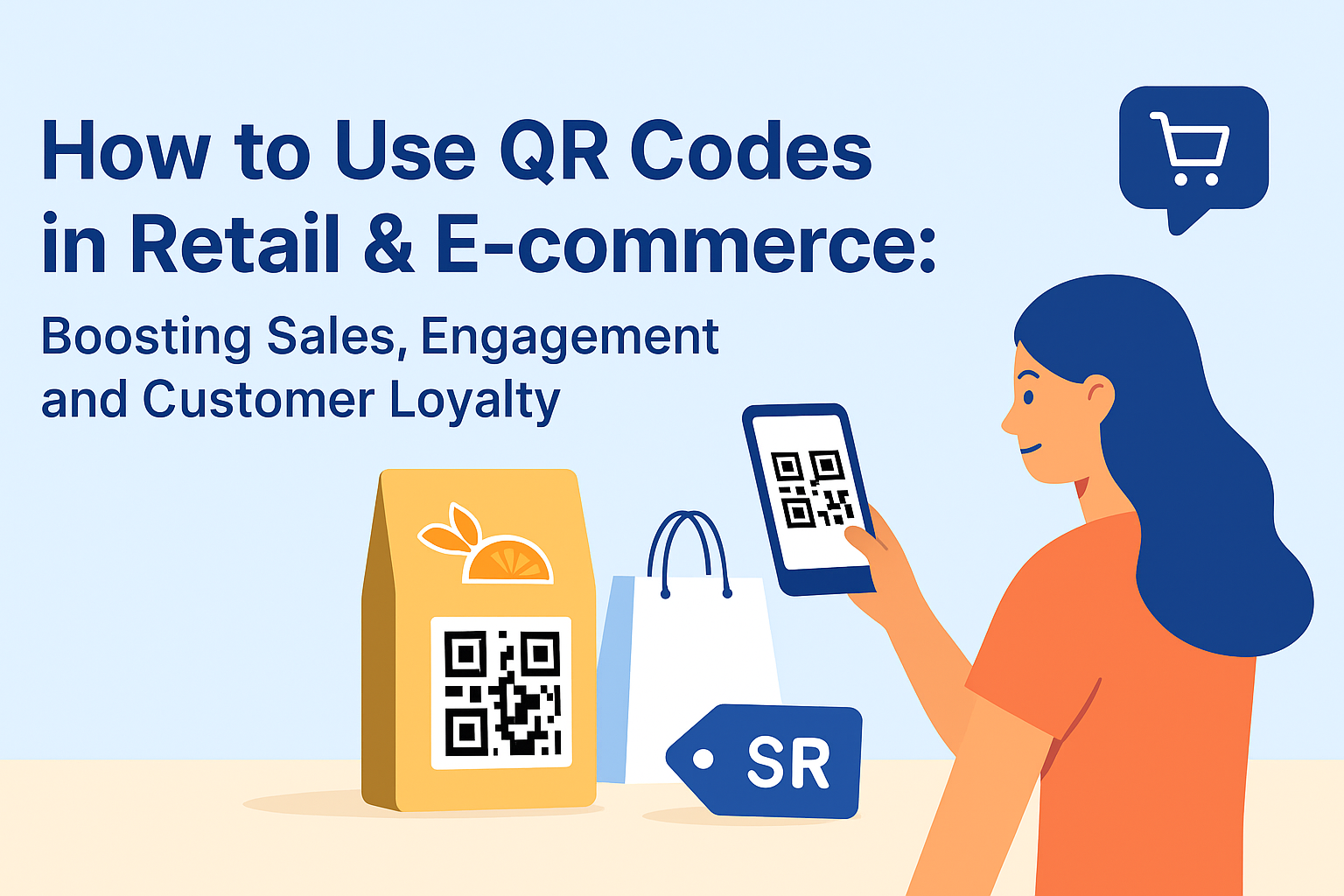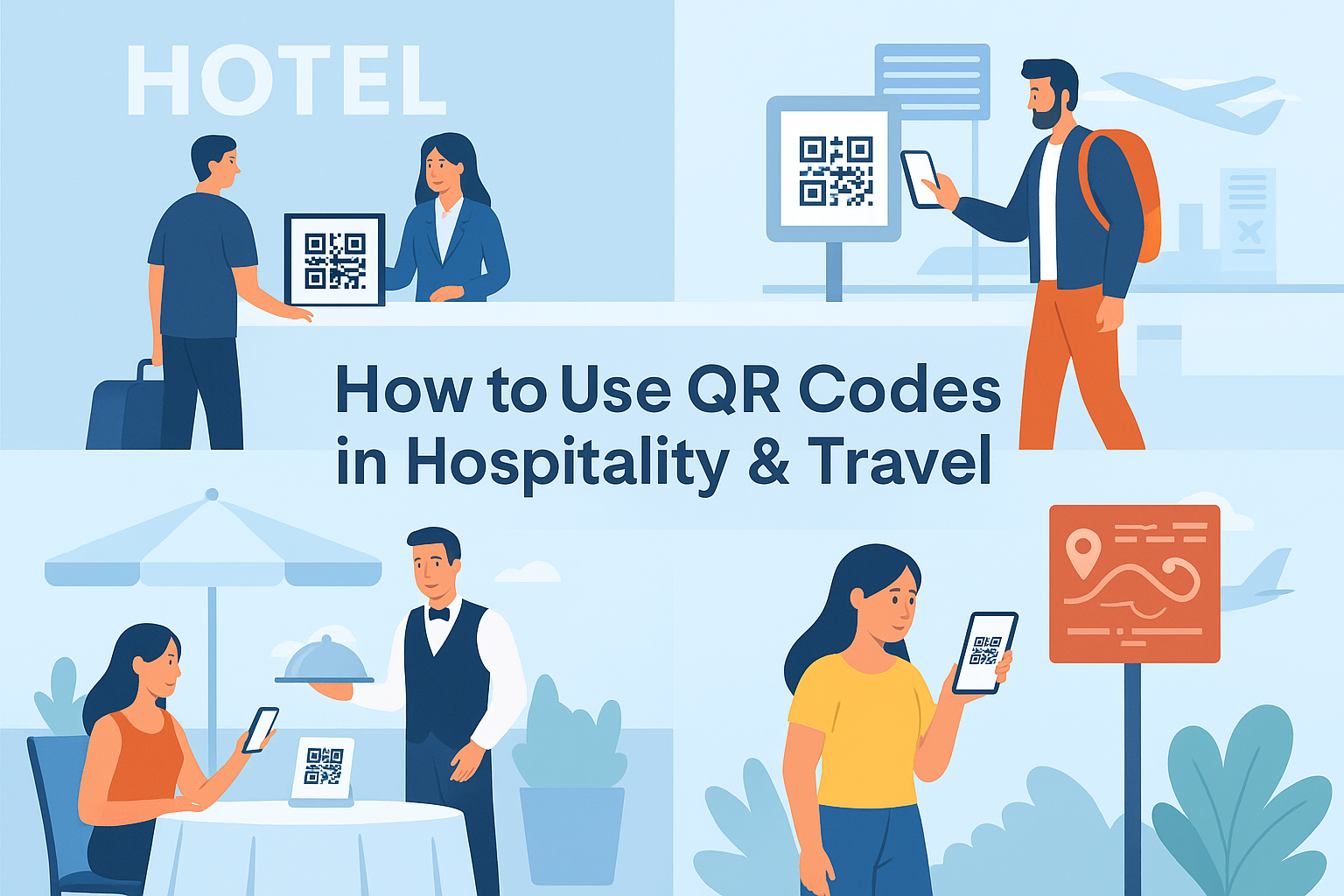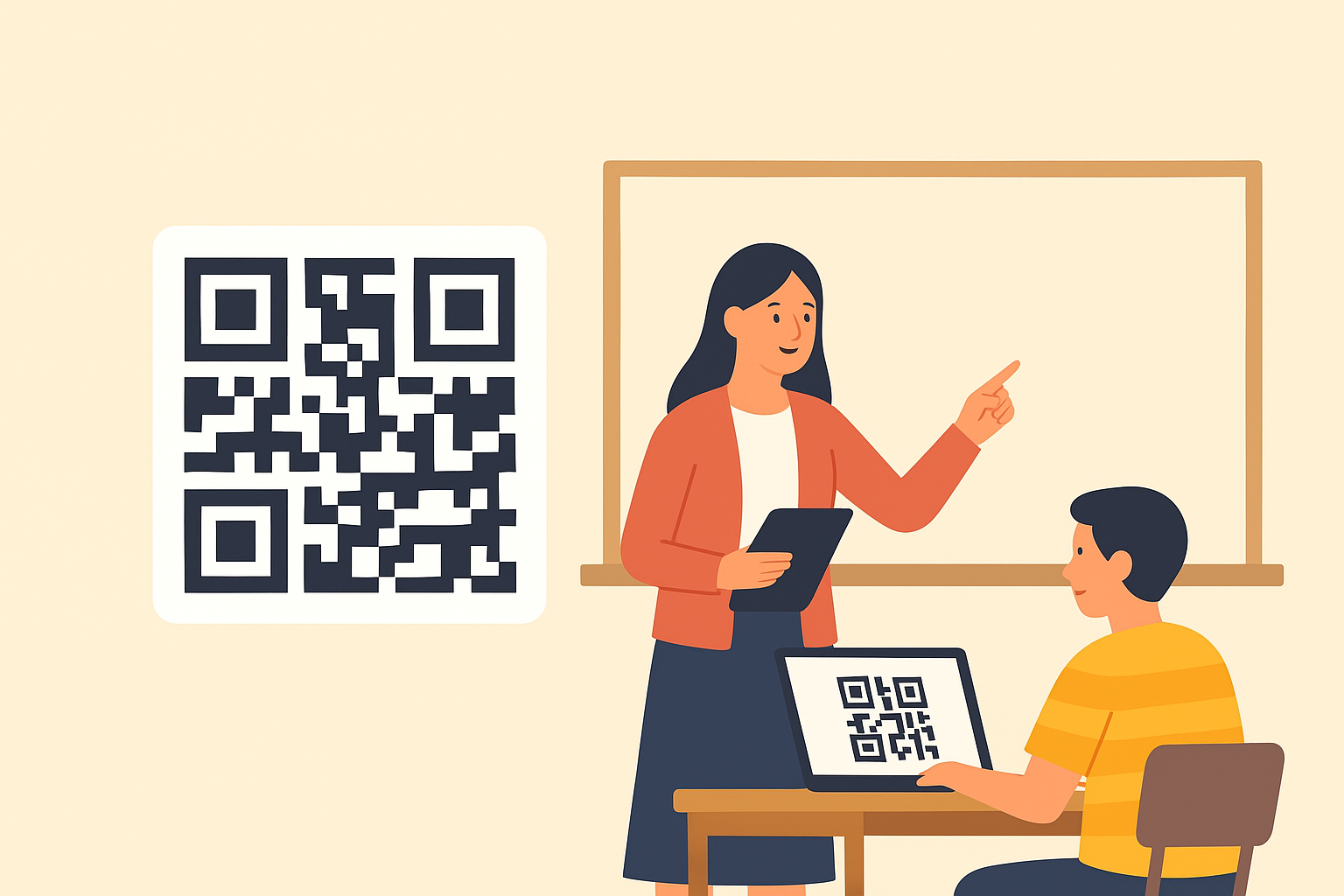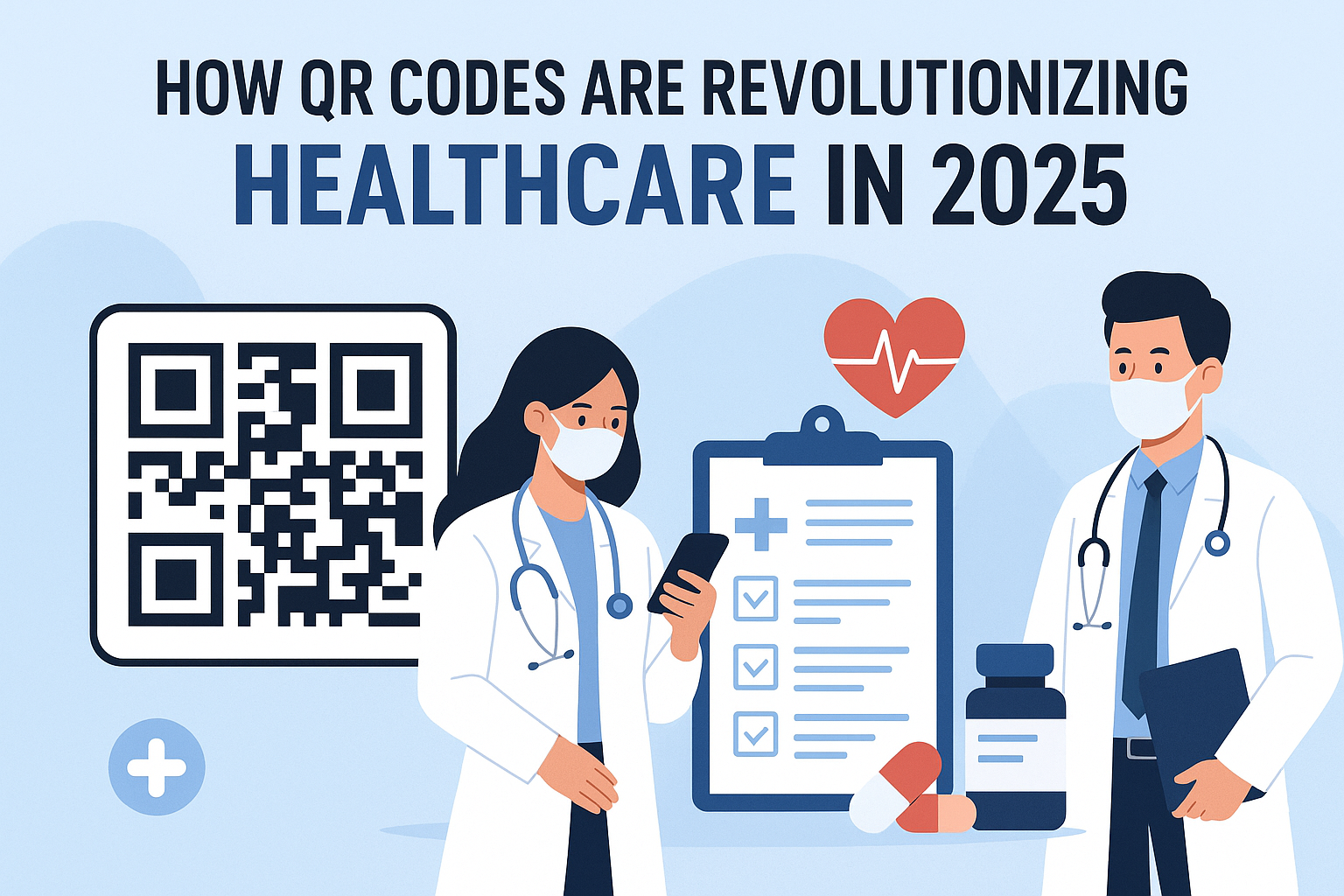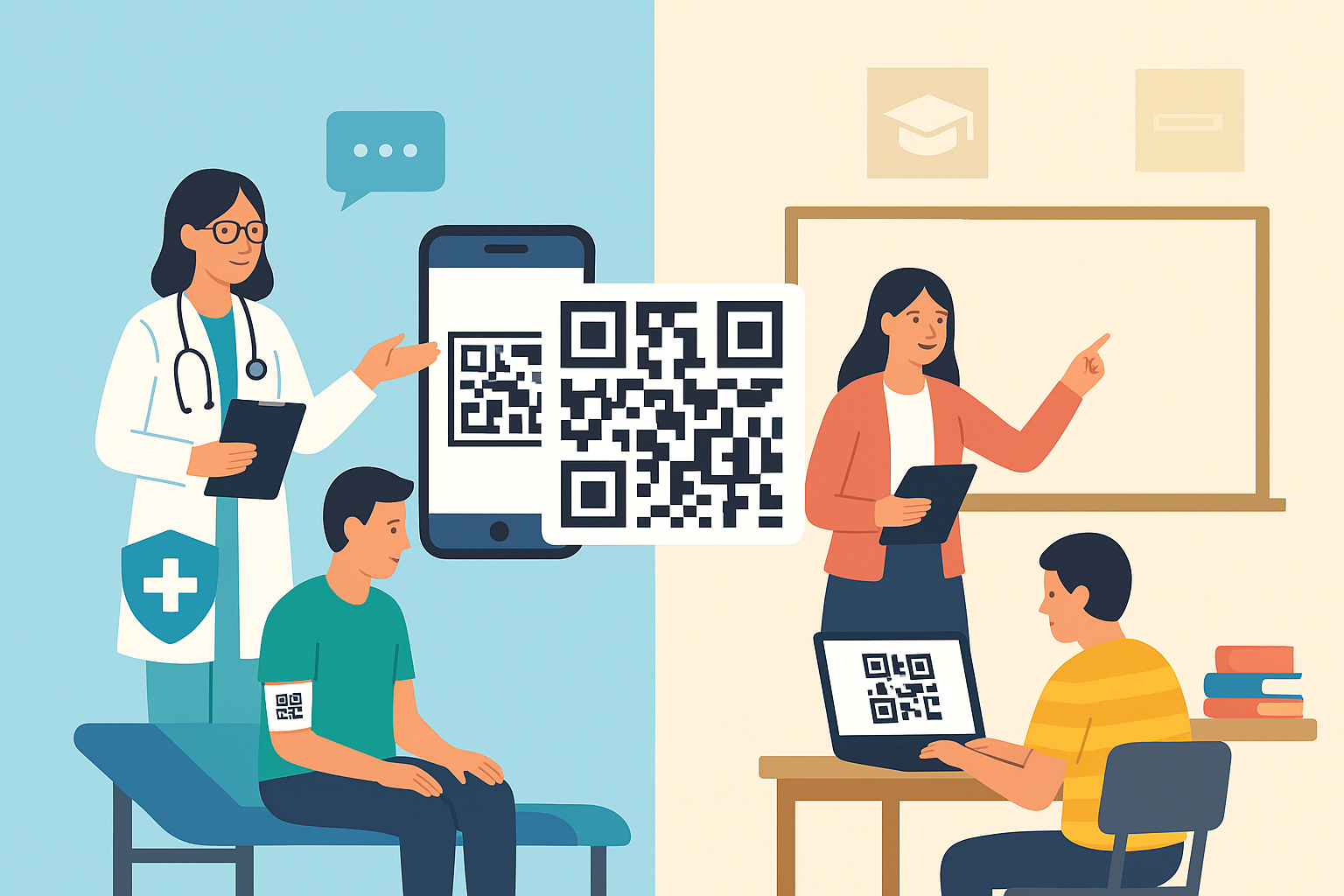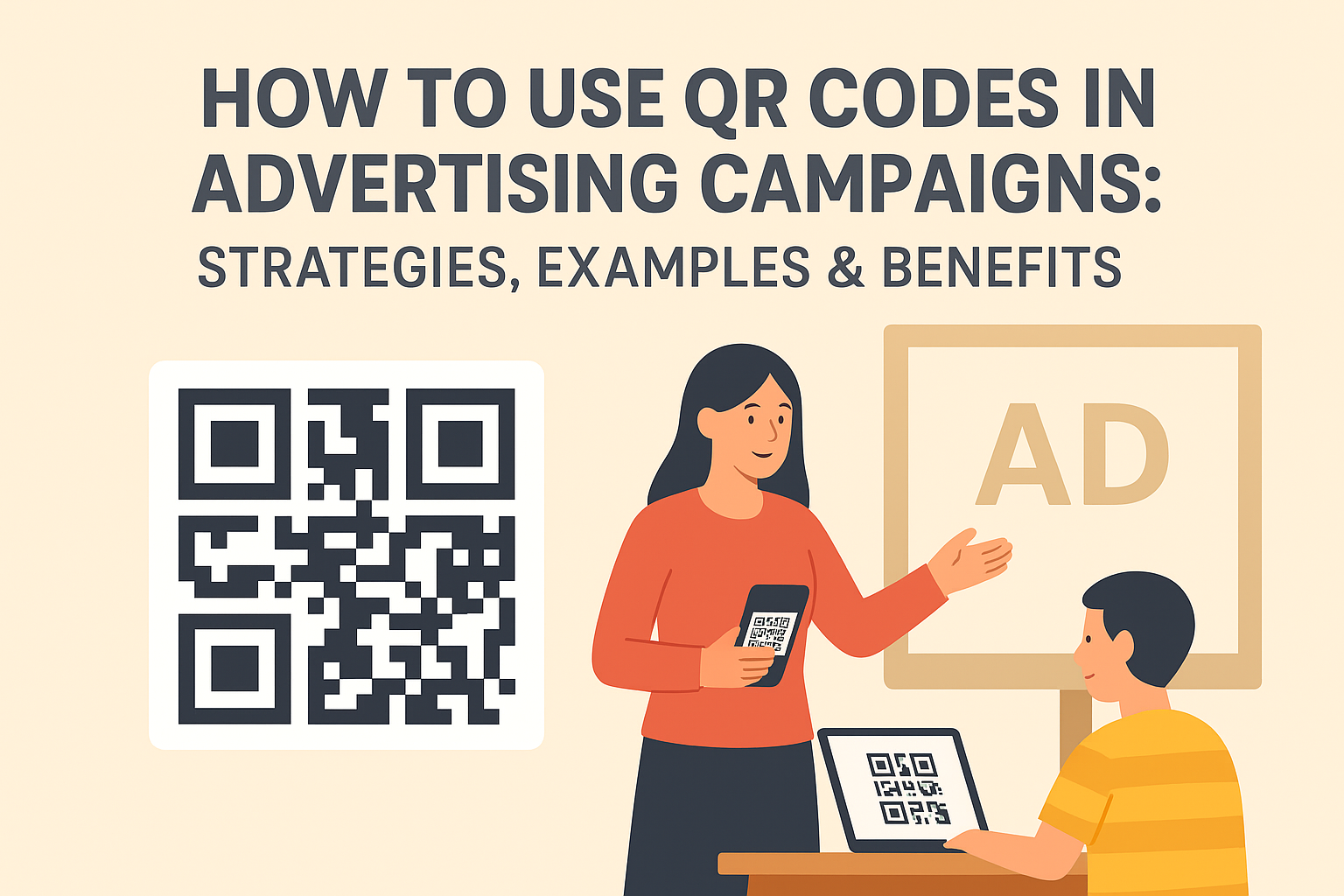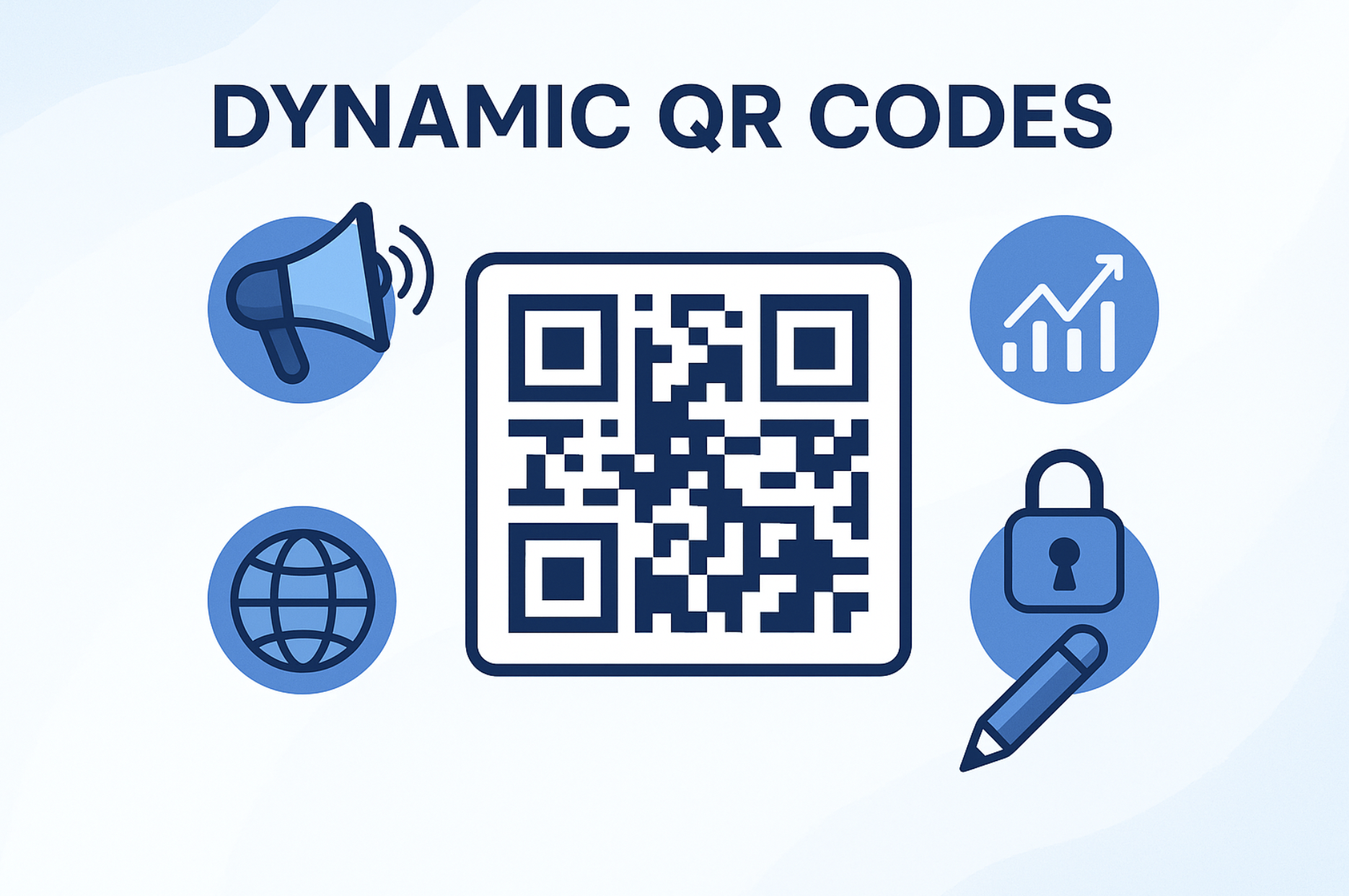Quick Summary
QR codes are reshaping retail and e-commerce journeys by supporting product discovery, loyalty programs, contactless payments, and post-purchase engagement that drive sales and customer loyalty.
Table of Contents
- 1. Introduction: Why QR Codes Matter in Retail & E-commerce?
- 2. Benefits of QR Codes in Retail & E-commerce
- 3. Effective Use Cases of QR Codes in Retail
- 4. QR Codes in E-commerce Strategies
- 5. Real-World Examples of QR Codes in Retail & E-commerce
- 6. Best Practices for Implementing QR Codes in Retail Marketing
- 7. Future of QR Codes in Retail & E-commerce
- 8. Conclusion
Introduction: Why QR Codes Matter in Retail & E-commerce?
Competition in retail and e-commerce is fiercer than ever. Shoppers expect convenience, instant information, and personalized journeys. QR codes deliver all three by linking physical and digital experiences in a single scan, connecting customers to product details, exclusive offers, and service touchpoints without friction.
Benefits of QR Codes in Retail & E-commerce
- Frictionless shopping: QR codes connect customers to digital content instantly.
- Higher engagement: Loyalty points, videos, and AR experiences keep shoppers involved.
- Data-driven insights: Dynamic QR codes track scans and inform campaign optimization.
- Cost-effective marketing: Affordable to produce and adaptable across channels.
- Contactless and safe: Supports touch-free interactions for in-store and delivery contexts.
Effective Use Cases of QR Codes in Retail
Retailers deploy QR codes to enhance transparency, guide shoppers, and reward loyalty at every stage of the purchase journey.
3.1 Product Packaging & Labels
QR codes on packaging deliver origin stories, nutritional details, tutorials, or sustainability credentials. This transparency builds customer trust and influences buying decisions.
3.2 In-store Navigation & Digital Catalogs
Large format stores use QR codes on signage to guide shoppers to products or unlock digital catalogs with complete inventory visibility.
3.3 Loyalty & Rewards Programs
Scanning QR codes at checkout or on receipts allows customers to earn and redeem points instantly, eliminating physical loyalty cards.
3.4 Discounts, Coupons & Promotions
Retailers display QR codes to grant access to limited-time coupons, seasonal campaigns, or bundled offers that drive urgency and higher basket values.
3.5 Contactless Payments
QR-based payment options accelerate checkout in stores and pop-up events, improving customer satisfaction and operational efficiency.
QR Codes in E-commerce Strategies
E-commerce brands use QR codes across packaging, emails, and social content to extend engagement beyond the initial purchase.
4.1 Product Information & Demos
Embed QR codes in product galleries or packaging to deliver demo videos, setup instructions, and FAQs that boost buyer confidence.
4.2 Post-Purchase Engagement & Reviews
Include QR codes in delivery boxes or invoices to collect reviews, register warranties, or offer support resources.
4.3 Social Media Integration
Drive social engagement by linking QR codes to curated playlists, influencer content, or community hashtags.
4.4 Subscription & Repeat Purchase Campaigns
Place QR codes on consumable packaging so customers can reorder or activate subscriptions with a single scan.
4.5 AR/VR Shopping Experiences
Forward-thinking retailers pair QR codes with augmented reality to let shoppers virtually try products, visualize furniture, or explore 3D models.
Real-World Examples of QR Codes in Retail & E-commerce
- Walmart: Deploys aisle QR codes that unlock digital coupons and shopping lists.
- Sephora: Uses packaging QR codes to deliver makeup tutorials and product education.
- IKEA: Adds catalog QR codes for AR-based furniture visualization at home.
- Amazon: Includes QR codes in packaging that lead to warranty activation and support content.
Best Practices for Implementing QR Codes in Retail Marketing
- Choose dynamic QR codes: Update destinations without reprinting materials.
- Prioritize visibility: Place codes at eye level and ensure sufficient contrast.
- Clarify value: Add CTAs such as "Scan to save 20%" to motivate action.
- Optimize landing pages: Ensure content is mobile-friendly and fast-loading.
- Measure and iterate: Track scans to refine campaigns and personalize experiences.
- Deliver value: Link to useful resources rather than generic homepages.
Future of QR Codes in Retail & E-commerce
As AI and personalization advance, QR codes will trigger predictive recommendations, individualized discounts, and immersive shopping that blends physical and digital channels.
Conclusion
QR codes have evolved from novelty to necessity in retail and e-commerce. By bridging online and offline touchpoints, they deliver personalized, data-driven experiences that boost sales, loyalty, and customer satisfaction.
Looking to scale your retail strategy? Enqode QR equips brands with secure, branded, and analytics-ready QR codes that delight shoppers across every channel.


